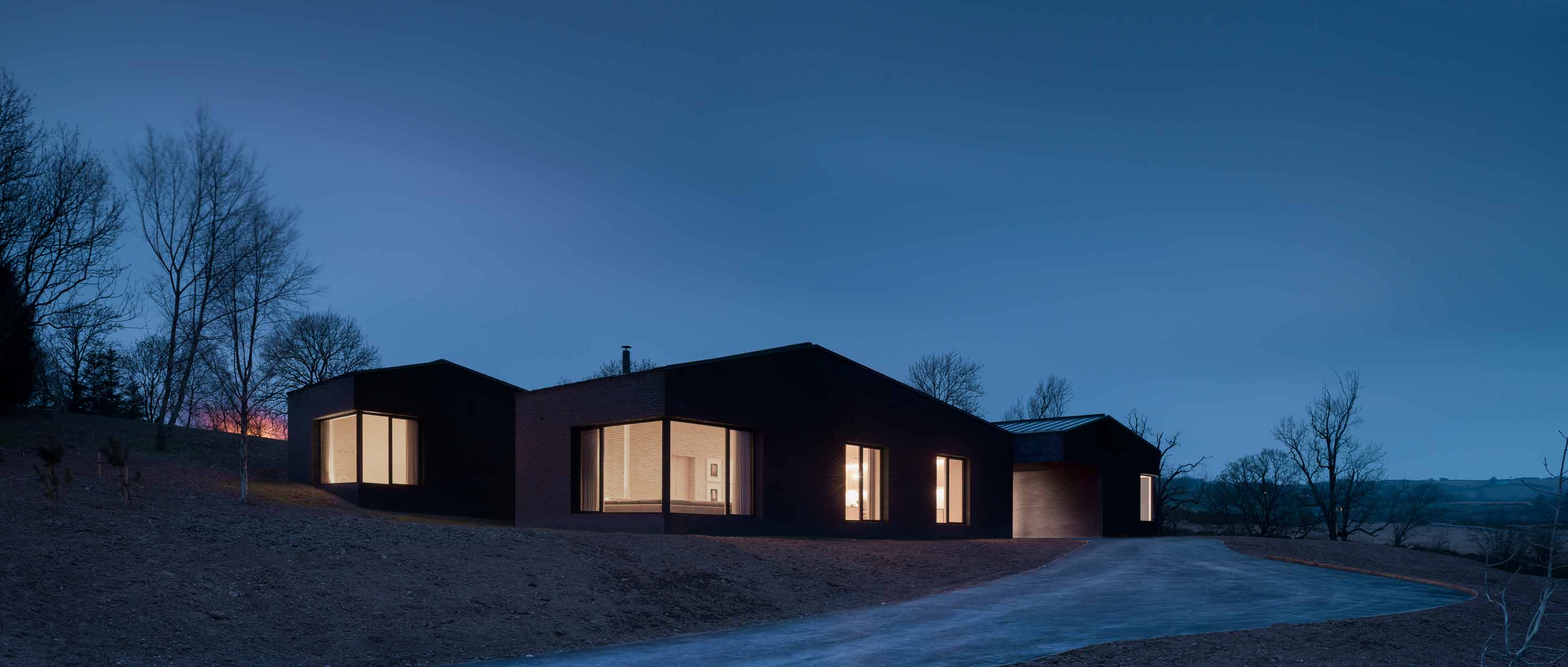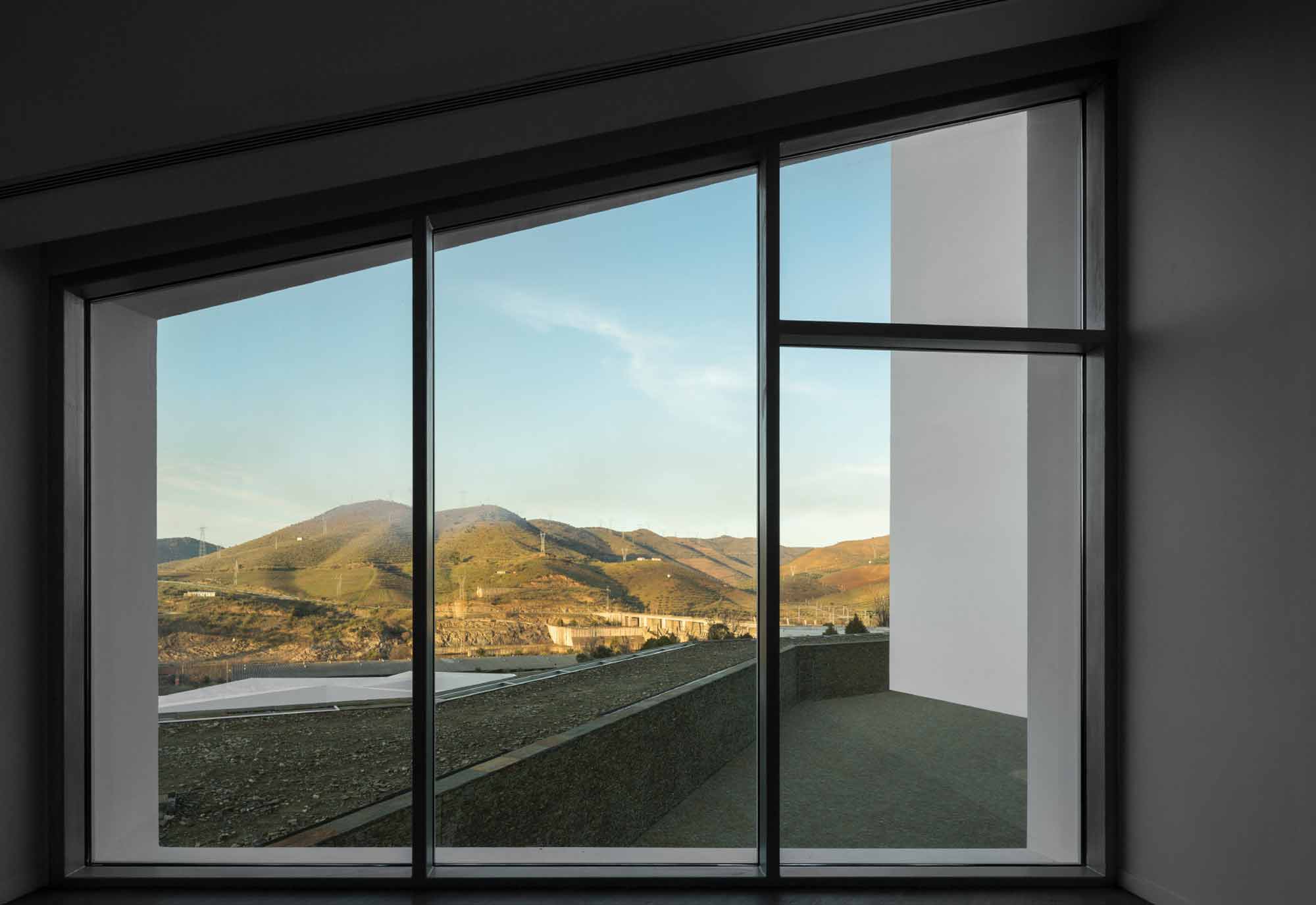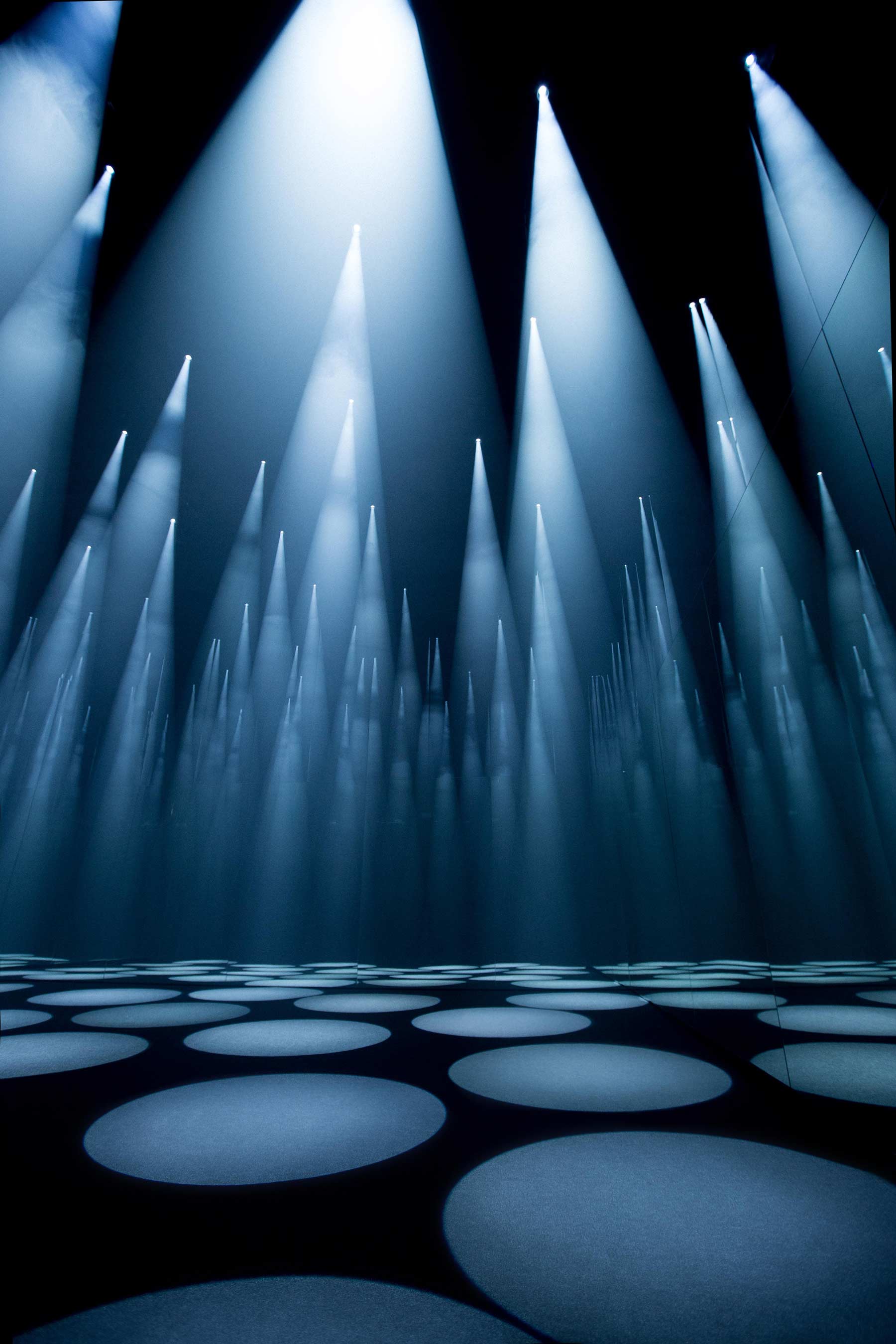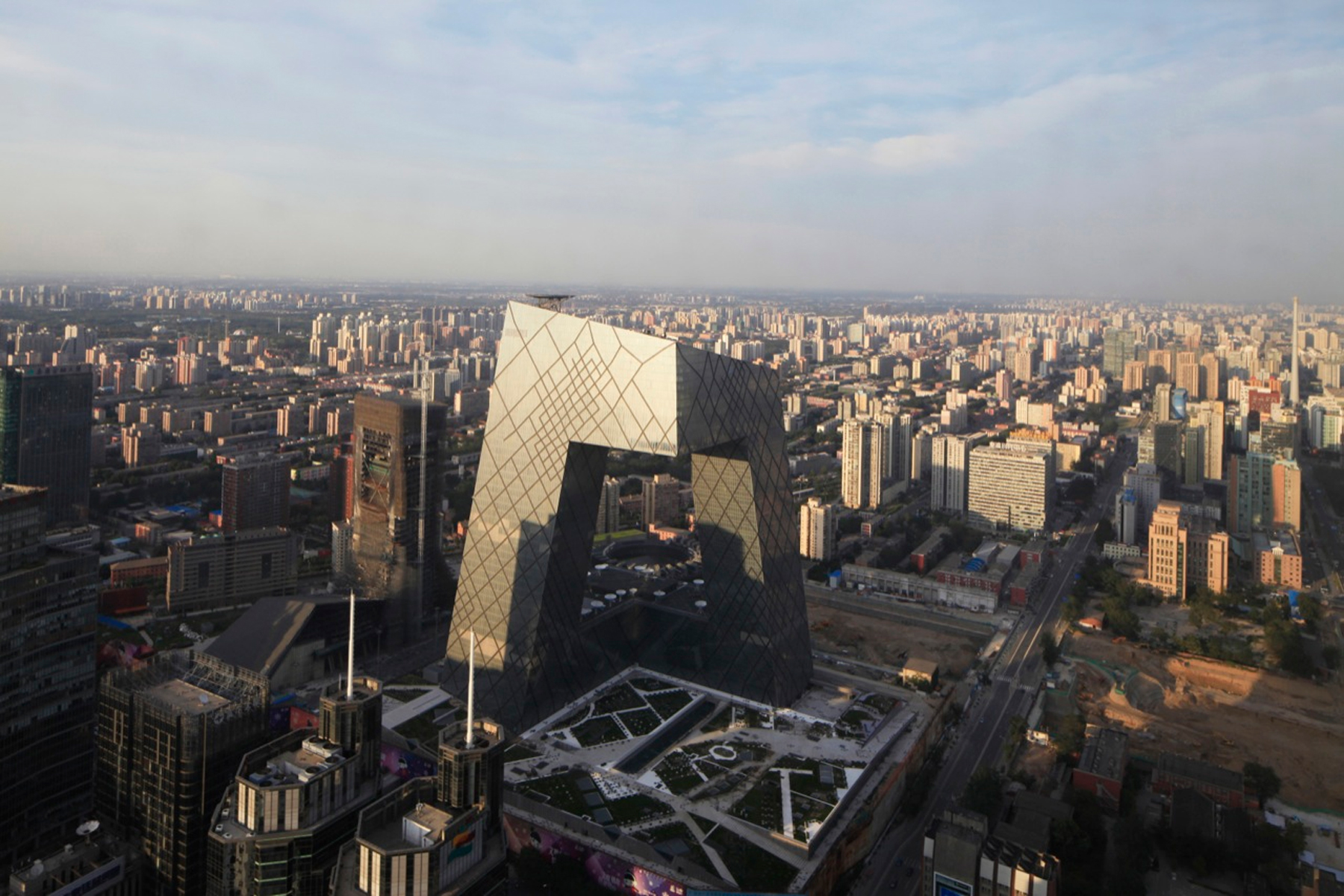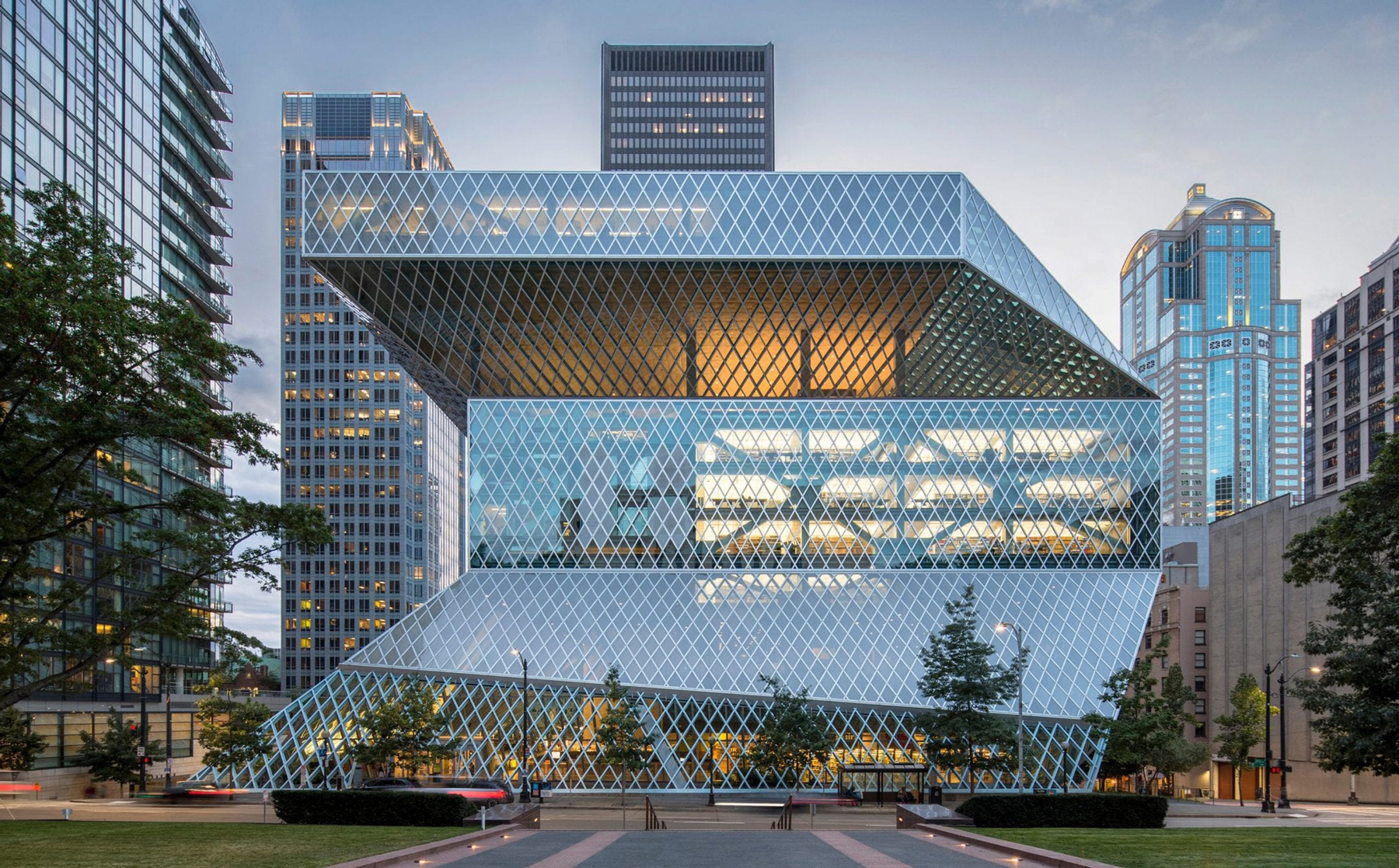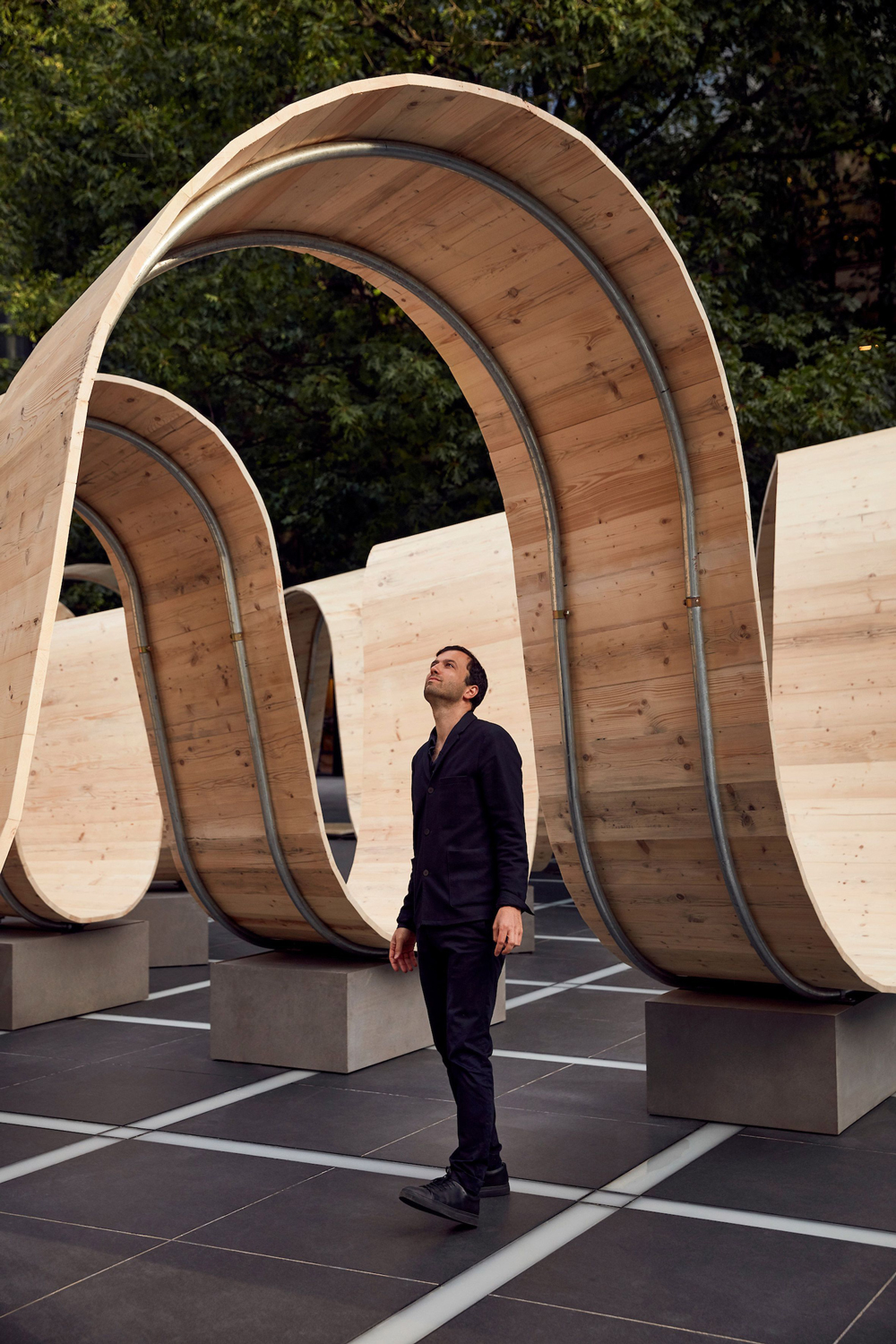Life House
Text by Tan Qian Rou
Photography by Gilbert McCarragher
Text by Tan Qian Rou
Photography by Gilbert McCarragher
‘Master of minimalism’—John Pawson’s moniker is well-deserved, his mastery exemplified in the holiday home built for philosopher and writer Alain de Botton’s Living Architecture project. De Botton’s organisation seeks to create exposure and education in architecture by commissioning a series of houses from famous contemporary architects, including Peter Zumthor, MVRDV and Pawson, making these available for rental. Life House, or Ty^ Bywyd in its native language, is the first Welsh property amongst Living Architecture’s offerings.
Designed as a space of contemplation, calm and restoration through connection with nature, Life House intends itself as a retreat from the overwhelming pace of modern existence.
A quiet mass of black Danish brick rises gently from a valley in mid Wales, the only structure for miles around. Step through its doors and the same brick in pale gray greets you, forming a soft color palette alongside smooth concrete floors and Douglas fir ceilings. Life House is built around a pair of corridors, perpendicular to each other. One corridor in black brick ends in an isolated chamber, completely dark save a single skylight. Its counterpart in pale grey leads you to an external terrace surrounded by the hills.
Pawson calls these ‘contemplation spaces’, where visitors are encouraged to engage in meditation and introspection, one in relation to the presence of nature and the other with only awareness of yourself. The actual living spaces of the house are scattered in between, each one a room with a view of the dramatic Welsh landscape.
Large windows carefully frame rolling hills, the soft green of Wales complimenting the house’s gentle interior. Instead of merely being located in nature, Life House makes the natural a part of the architecture, balancing it with pale walls and ceilings to create moments of juxtaposition and sublime beauty that invite wonder but do not overwhelm.
Life House is minimalist not in the limited use of material and form, but in the way that it curates experience. Deliberately opaque at turns, it allows one respite from the constant sensory engagement and dramatic delight we seem to feel is required of us when presented with a beautiful landscape, art, or even with architecture.
Instead, Life House implores you to slow down and consider the details. Pawson’s restraint in material choice enhances the tactile experience of each brick, each ceiling plank, inviting you to run your hands over the mortar, comparing the roughness of each brick, to shuffle your feet across the floor, rest your cheek against a cabinet and learn what its timber smells like.
Life House is bold in that it dares to be quiet, to exist as almost an afterthought beyond facilitating retreat. The result is serenity, an awareness of the self, the body and its place in the world, a sort of luxury when modernity perpetually demands our full attention.
The architecture allows us to slow down, to engage with the building, the time-stopping scenery of Wales and most importantly, to engage with ourselves. As with all architecture, Life House creates space. But its space is both physical and mental, an opportunity for us to inhabit not just the house, but also our own skin.
